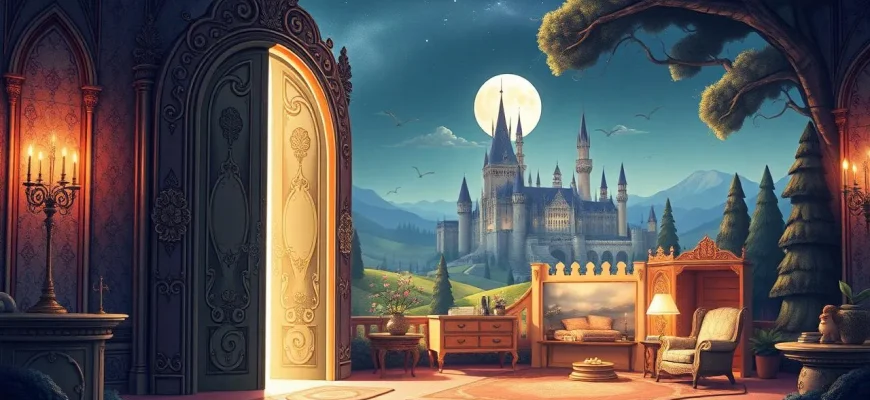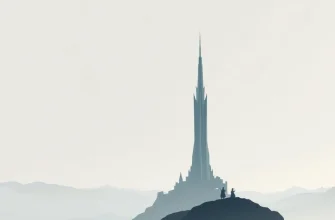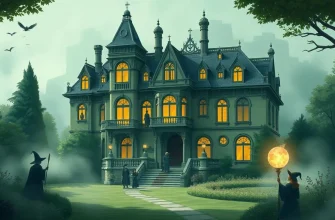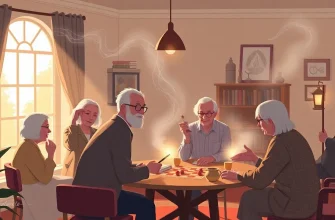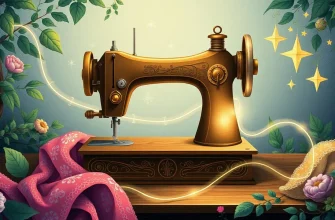- The Dark Crystal (1982)
- The NeverEnding Story (1984)
- Labyrinth (1986)
- The Witches (1990)
- The Phantom of the Opera (2004)
- Harry Potter and the Chamber of Secrets (2002)
- The Chronicles of Narnia: The Lion, the Witch and the Wardrobe (2005)
- The Princess Diaries 2: Royal Engagement (2004)
- The Hobbit: The Desolation of Smaug (2013)
- Beauty and the Beast (2017)
Welcome to a magical journey through the world of fantasy films where interior design isn't just a backdrop but an integral part of the storytelling. From enchanted castles to mystical realms, these films showcase how the art of interior design can transform a space into a character itself, adding depth, atmosphere, and a touch of wonder to the narrative. Whether you're a fan of fantasy or an interior design enthusiast, this collection will captivate your imagination and inspire your creativity.
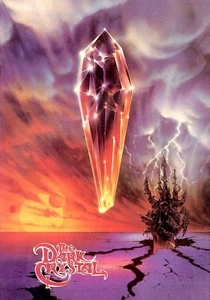
The Dark Crystal (1982)
Description: The film's world of Thra features unique and intricate interior designs of the Skeksis' castle and the Gelfling's homes, blending fantasy with architectural creativity.
Fact: The castle set was built to be fully functional, allowing puppeteers to move around inside.
 Watch Now
Watch Now 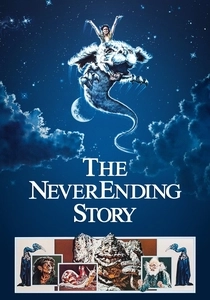
The NeverEnding Story (1984)
Description: The Ivory Tower, home of the Childlike Empress, is a marvel of fantasy interior design, with its ethereal and dreamlike quality enhancing the story's magical atmosphere.
Fact: The set was designed to look like it was made of clouds, using a combination of materials to achieve this effect.
 Watch Now
Watch Now 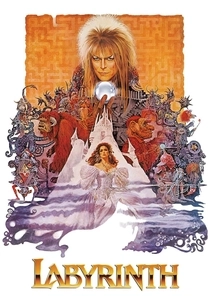
Labyrinth (1986)
Description: The Labyrinth itself, with its ever-changing rooms and corridors, is a testament to the whimsical and surreal interior design, reflecting the chaotic nature of the Goblin King's realm.
Fact: The film's sets were designed by Brian Froud, who also created the creatures, ensuring a cohesive visual style.
 Watch Now
Watch Now 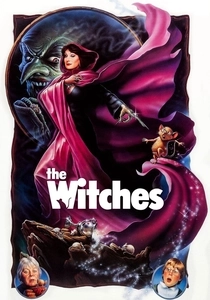
The Witches (1990)
Description: The grand hotel where the witches' convention takes place is filled with luxurious and eccentric interiors, reflecting the witches' extravagant and sinister nature.
Fact: The hotel set was inspired by real-life grand hotels, with exaggerated details to fit the film's fantasy elements.
 Watch Now
Watch Now 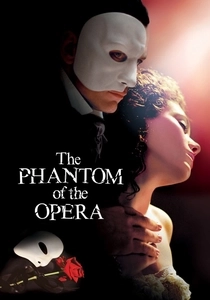
The Phantom of the Opera (2004)
Description: The Paris Opera House, with its ornate interiors, becomes a character in this film, reflecting the grandeur and the dark secrets hidden within its walls.
Fact: The film used real locations in the Paris Opera House, combined with elaborate sets to recreate the opera's opulence.
 Watch Now
Watch Now 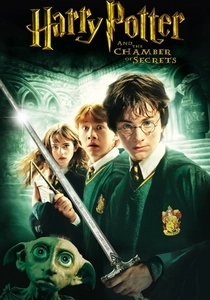
Harry Potter and the Chamber of Secrets (2002)
Description: The magical interiors of Hogwarts, from the Great Hall to the Slytherin common room, are a testament to the enchanting world of wizardry and interior design.
Fact: The Great Hall set was so detailed that it took over 100 people to set up for each filming day.
 Watch Now
Watch Now 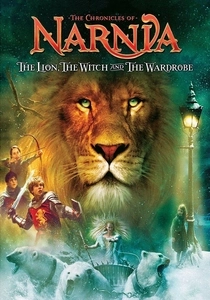
The Chronicles of Narnia: The Lion, the Witch and the Wardrobe (2005)
Description: From the cozy interiors of the Professor's house to the icy castle of the White Witch, the film's settings are a blend of fantasy and real-world design, creating a magical atmosphere.
Fact: The White Witch's castle was built on a soundstage, with real ice used to create the frozen effect.
 Watch Now
Watch Now 
The Princess Diaries 2: Royal Engagement (2004)
Description: The royal palace of Genovia, with its luxurious interiors, showcases the opulence and grandeur of royal living, making interior design a key element in Mia's journey to becoming queen.
Fact: The film's production team worked with real interior designers to ensure the authenticity of the palace's design.
 Watch Now
Watch Now 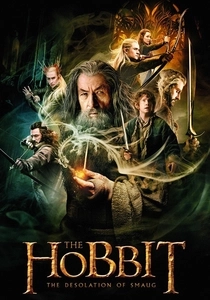
The Hobbit: The Desolation of Smaug (2013)
Description: This film features the intricate and opulent interior of Erebor, the Lonely Mountain, showcasing the dwarves' craftsmanship in their halls and the treasure-filled lair of Smaug.
Fact: The set for Erebor was one of the largest ever built for a film, with detailed carvings and gold leafing.
 Watch Now
Watch Now 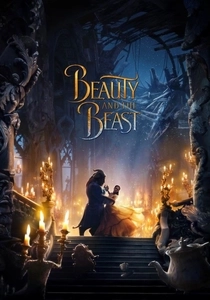
Beauty and the Beast (2017)
Description: The enchanted castle in this live-action remake is a character in itself, with its grand ballroom, library, and the Beast's quarters, all designed to reflect the characters' emotions and story arcs.
Fact: The ballroom was built with a rotating floor to simulate the dance scene's magical movement.
 Watch Now
Watch Now 
